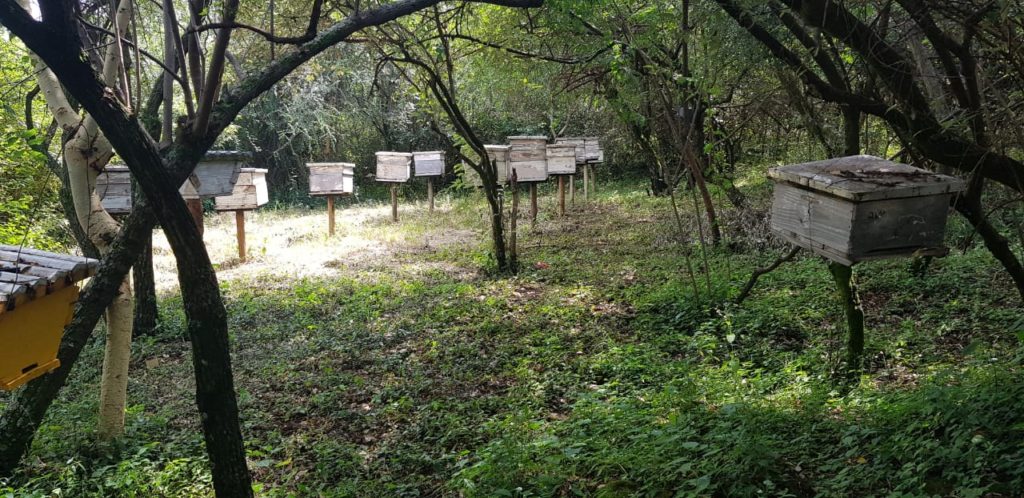
Six Steps to GPI2050 Success
1. Identify and Analyze Existing ReGreening Successes.
This provides a solid foundation for scaling up solutions that are working in specific contexts, based on an improved understanding of the scale and impacts of (farmer-led) innovations that are already taking place. This step will help project implementers to understand what indigenous knowledge already exists, and what motivates farmers. Using what farmers already know, and what they or their peers are already doing is a starting point, and gives a greater likelihood of acceptance.

2. Build a Grassroots Movement and Mobilize Partner Organizations.
The campaign will build the capacity of, and empower, women and men farmers and their communities, to practice spread ReGreening solutions. Community ownership is essential.
Peer-to peer learning will be facilitated, and training and development of community-based institutions will be supported. Farmers learn best from their peers, and they are more likely to adopt what they see their peers doing. Where suitable groups such as farmers’ groups/cooperatives, landcare groups, savings groups and traditional governing structures exist, capacity will be built on ReGreening Initiatives, the Earth 20 planning, advocacy, marketing and financial management. Where necessary, new groups will be formed and trained. All pertinent stakeholders will be engaged – including women, men, youth, farmers, herders, merchants, faith and traditional leaders and local government. Groups will be assisted to form a vision for the future, and on how to make a plan. Partner organizations will be invited to participate in workshops, field visits and to select key staff to participate in online training courses.

3. Develop or Strengthen Agroforestry Value chains.
ReGreening practices are both foundational and complementary to small-scale farming economic development. Thus, great emphasis will be given to value chain development, which will enable farmers to capitalize on expanding markets for their tree-based products. Product selection will be determined through a value chain assessment, and will be region and country specific, but typically, marketing opportunities for agroforestry-related products may include – honey, fodder, livestock, grains, fruit and vegetables.

4. Develop and Implement a Communication Strategy.
The Programme will systematically expand the use of all types of media, to inform stakeholders at all levels, and to disseminate information about ReGreening benefits and experiences. Special emphasis will be given to radio programming in the local vernacular, to reach as wide an audience of potential practitioners as possible.

5. Address Policy and Legal Issues and Improve Enabling Conditions for ReGreening.
This will be accomplished by analyzing policy barriers, and adapting more conducive national and county-level policies, legislation, and development interventions. Field visits for policymakers and elected officials will be conducted. Communities themselves which have benefited from ReGreening implementation, and which have become passionate campaigners for it, will be capacitated to advocate for the mainstreaming of ReGreening in development programs at local and national levels using a citizen’s voice and action (CVA) approach.

6. Expand Research Activities.
Additional research must be commissioned to fill gaps in knowledge that will be fed back into the acceleration of the scaling-up efforts. The 2020 by 2050 goal will only be achieved through further innovation in developing, refining, and applying effective new technical and economic and social solutions – some of which exist and are being scaled up currently, and some of which have yet to be made fully scalable.
This is an integrated approach. These activities will ensure that governments, communities, local organizations and institutions, and value chain stakeholders have the information, knowledge, capacity, and incentives to continue scaling-up project activities on a sustained basis, and to receiving significant ongoing benefits from their efforts.
Each of the steps in this methodology has a strong empirical basis from the extensive literature on this subject, and from extensive field experience gained through its application on the ground in many countries. The elements are now widely accepted by the rural development, agricultural development, and natural resource management communities.
